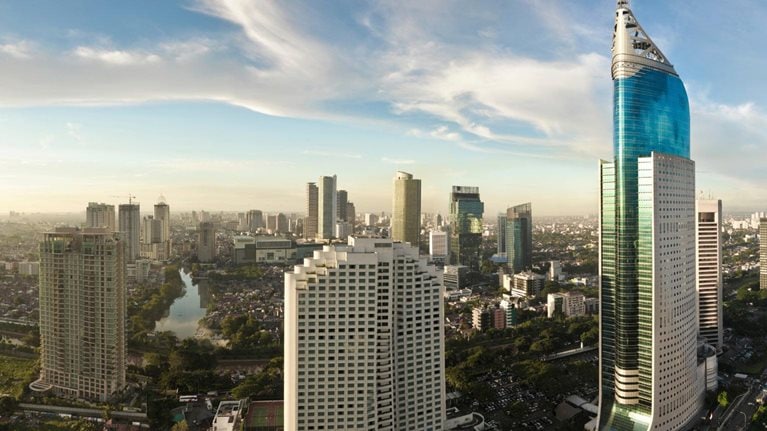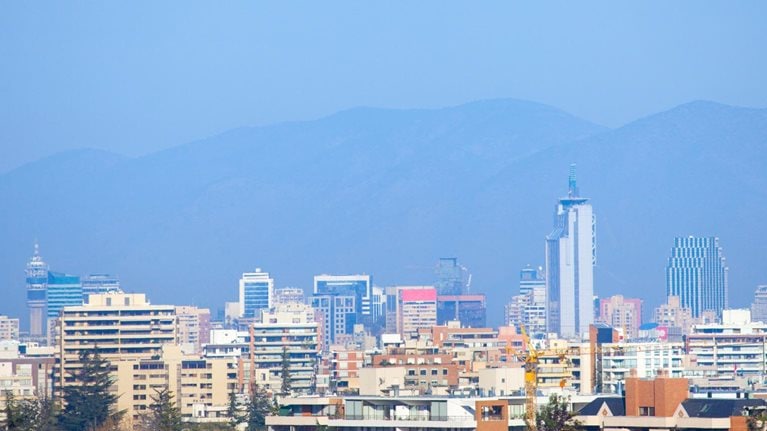In a world of rising urbanization, the degree of economic vigor that the economy of the United States derives from its cities is unmatched by any other region of the globe. Large US cities, defined here as those with 150,000 or more inhabitants, generated almost 85 percent of the country’s GDP in 2010, compared with 78 percent for large cities in China and just under 65 percent for those in Western Europe during the same period. In the next 15 years, the 259 large US cities are expected to generate more than 10 percent of global GDP growth—a share bigger than that of all such cities in other developed countries combined.
The strength of the US economy rests on a broad base of large cities.

The overwhelming role that cities play as home to the vast majority of Americans but also as a dominant driver of US and global economic growth argues for a keen focus on their prospects. MGI sheds new light on the role cities play in the US economy and gauges how large they loom in the urban world overall. Other highlights of the research include:
- The United States has a broader base of large cities than any other region, and that explains their greater economic clout.
- Of the 600 cities that MGI expects will account for 60 percent of global GDP growth by 2025, nearly 1 in 7 is in the United States.
- Today, the metropolitan areas of New York and Los Angeles are the world’s second and sixth largest, respectively, by GDP.
- A considerable swath of middleweight cities enjoy relatively high incomes that help explain the great overall importance of cities in the US economy. The country has just over 255 middleweight cities, and the top 28 cities, after New York and Los Angeles, contribute more than 35 percent of US GDP.
Still, US cities face turbulent times ahead as the economy strives to recover from deep recession. Policy makers must also confront the dampening impact of deleveraging on economic activity, cope with persistently high pockets of unemployment, and manage an aging population over time. Business and government leaders need to find ways through these difficulties if cities are to play their part in the US economy’s growth and renewal. In the past, diverse US cities found many different ways to expand and become more prosperous. Although there is no single recipe for success, starting from a robust platform of economic clout will provide advantages.


